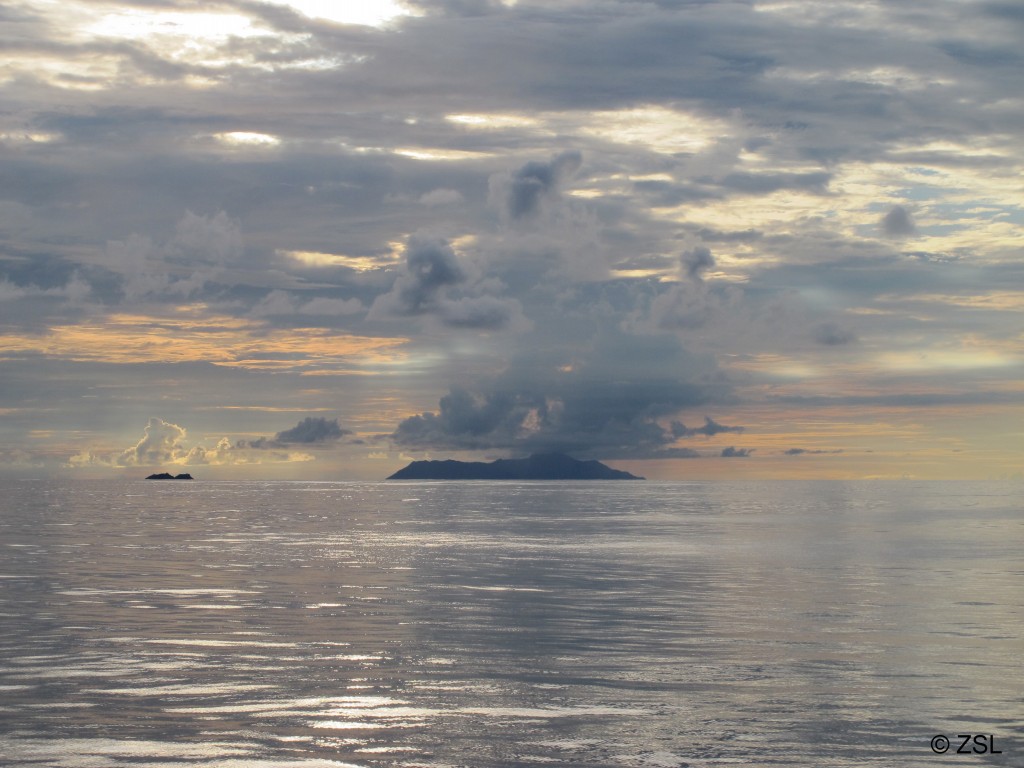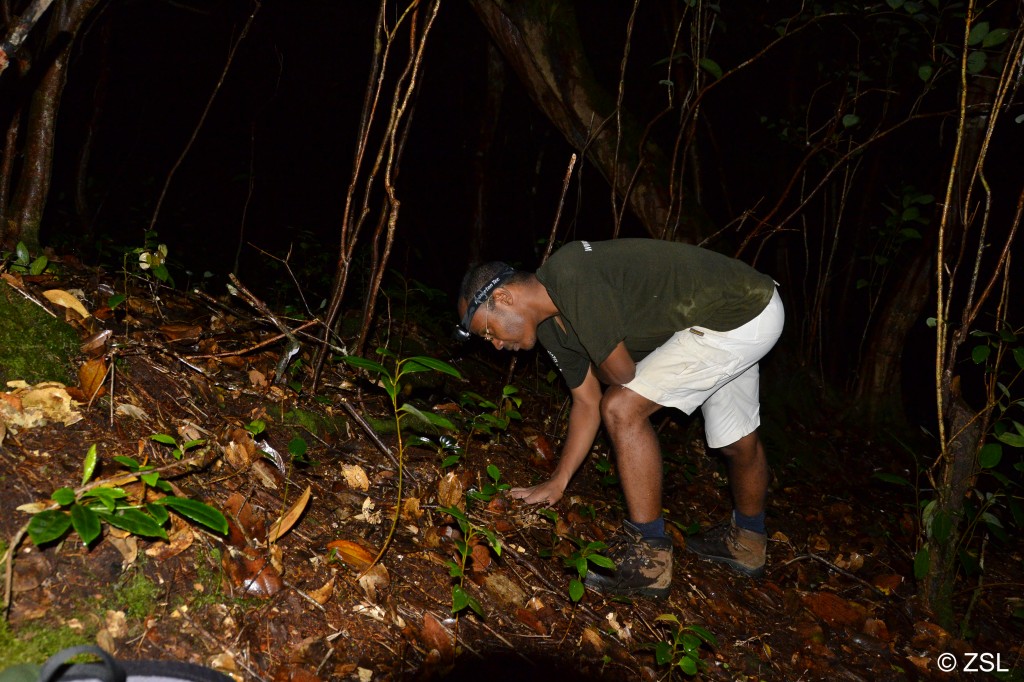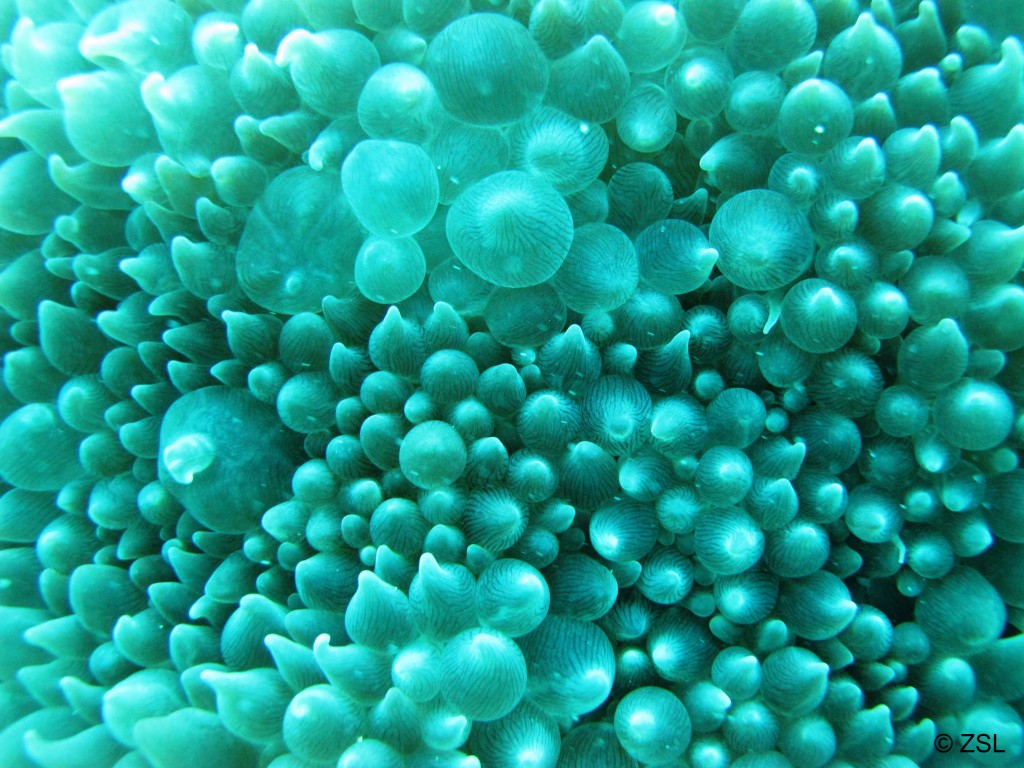Before my visit my mind’s eye had Seychelles down as one of the tropical Indian Ocean paradises that has sadly ended up in the whirling, slightly out of control cement mixer of overseas interests, spilling grey gold all over its beautiful white beaches. In many senses I was right; the Seychelles is the kind of place where the tourist dollar (or euro) rules, taking the local communities to a surreal level of development – a kind of no man’s land. On the one hand you have development projects offering high quality tourist accommodation with private beaches, hastily erected atop translocated soils during land reclamation projects which may defy all logic (particularly when you hear that the latest elite housing comes with its very own bull shark nursery ground – giving a whole new emphasis to ‘not in my back yard’). Dip your toe with caution at Eden Island. On the other hand you have struggling governmental departments run by extremely hardworking Seychellois, battling to preserve precisely what the tourists are coming to see in a perverse back and forth with foreign developers. Capacity poor, with a local university in only its third year of operation, overworked with minimal investment, and daunted with islands stretching some 1,000 km across the Indian Ocean to address (and an EEZ that would make any European fisheries minister’s hair curl).
That said, in many respects the Seychelles does very well. Its reefs for example are some of the least impacted in the world, certainly the Indian Ocean. Tourists are encouraged to take an interest in environmental matters, and the government proclaim numerous ‘green’ initiatives, in a very loud voice at the very least. Another thing the Seychelles produces to a high quality is EDGE Fellows.
With funding kindly provided by the Darwin initiative ZSL, recognising the high number of EDGE species residing in the Seychelles, began the project ‘A cutting-EDGE approach to saving Seychelles’ evolutionarily distinct biodiversity’ in collaboration with the Durrell Institute of Conservation and Ecology, the Natural History Museum of Britain and University of Exeter. The predominant aim of the project is to build capacity for local conservation across numerous Seychellois organisations through development of EDGE fellows within their staff, and of course to take strides towards the conservation of EDGE species. Three fellows are currently undertaking work with ZSL support, and in the last two weeks of February myself (EDGE corals co-ordinator and all-round aquatic-EDGEy person) and Nisha Owen (EDGE Conservation Biologist) took one for the team and began the arduous travel to the island jewels of the Indian Ocean to check up on how they were doing.
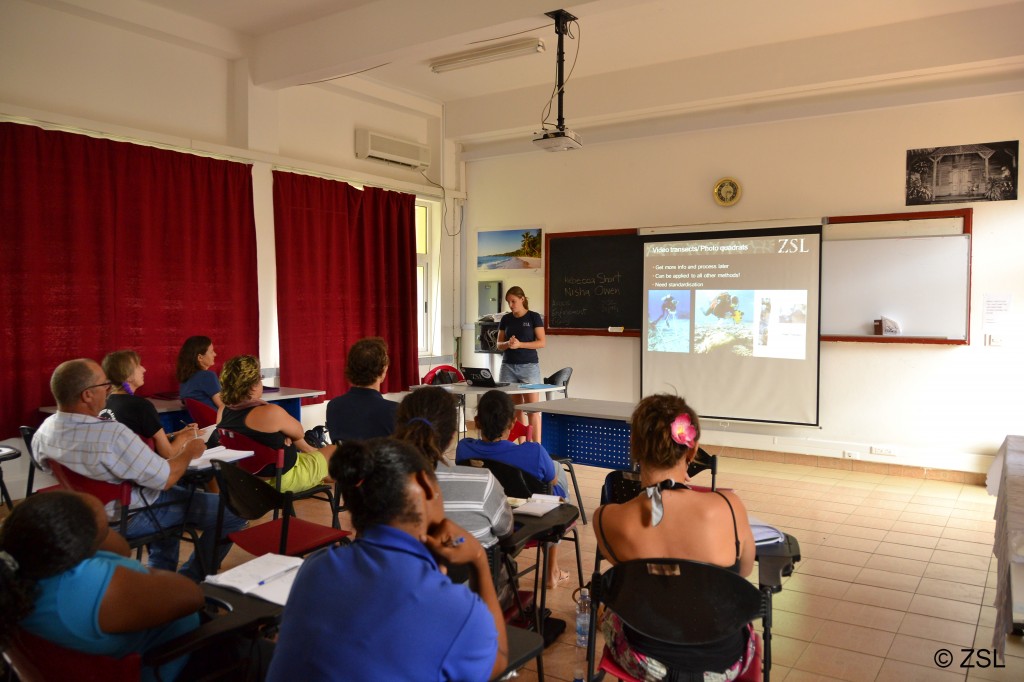
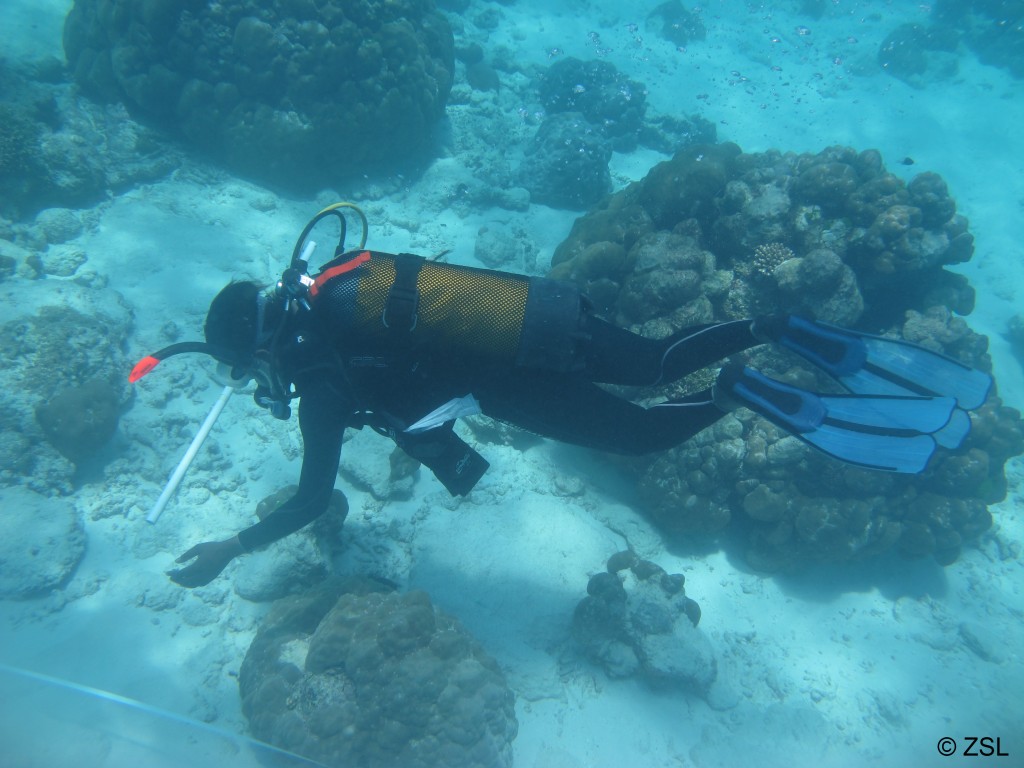
Returning to our guesthouse sun-tired and pleased with our day away from the hustle and bustle of Mahé, we made the most of a second nocturnal survey the following day by catching up on lost sleep, for about an extra half hour anyway. Visit three was to end us on a high, despite the subject being one of those pesky, fluffy, mammal things (all be it one of only two mammals endemic to the Seychelles) – the Sheath-tailed bat, the focus of Diana Renaud of the Ministry of Energy and Environment. These small insectivores have been successful presumably by occupying such a dissimilar niche from the much larger and infinitely more boisterous (and numerous) Seychelles flying foxes which pepper most fruit trees from dusk until dawn. However, they are now #26 on the EDGE list with less than 100 individuals thought to exist in the Seychelles.
Whilst teaching Diana in Kenya during the EDGE Conservation Tools course all fellows attend before starting their projects, I had downplayed her descriptions of a tricky scramble to the few remaining roosts of these bats over the eroding granite of their strangely coastal location in my mind. I was wrong to do so. But a few hoists up over slightly jagged pinnacles in response to small cries of “I’m only little!” from Nisha had us all settled outside the roost with some bat detectors and sandwiches, eagerly awaiting emergence. We weren’t disappointed. Not only were the miniature bats happy to come out and begin to feed, but Diana recorded an increased count from her last visit – suggesting some possible fledging juveniles from this roost.
All three visits and a workshop down, Nisha and I headed back to the UK and left the fellows to their demanding work. But pretty confident they will carry out some excellent and much needed projects towards protecting otherwise ignored species. In summary, what most impressed me about the Seychelles from this trip was not is glorious white sandy beaches and crystal clear waters, but its genuine and passionate wildlife conservationists working towards preserving their proud native heritage. And that’s what EDGE will aim to support now and in to the future.
